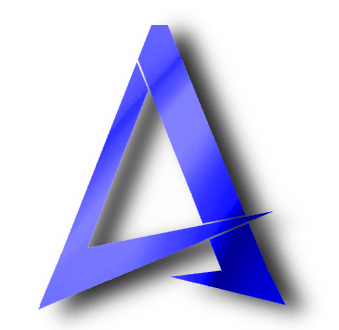Aerion Subnets
Aerion Subnets
Flexible Network Design
With Aerion Subnets, developers gain the ability to build independent blockchains tailored to their exact needs. Subnets allow for full control over governance, transaction processing, validation rules, and economic design. Developers can implement custom token logic, define execution environments, and configure privacy settings. Each subnet runs in isolation, providing full independence without relying on the mainchain.
Chain Separation
Subnets function independently without impacting the main network.
Tailored Privacy
Customize access controls and privacy features for sensitive data.
Custom Blockchain
Create tailored blockchain environments to meet unique app needs.
Governance Control
Define and manage your own governance structure for your subnet.
Independent Execution
Aerion Subnets enable modular blockchains, offering independent execution environments with custom virtual machines, consensus, and governance.
Optimized Chains
Subnets can be optimized for their specific tasks. Gaming chains, financial chains, and enterprise chains run at their best independently and simultaneously.
Targeted Environments
Developers can leverage Aerion infrastructure to build dedicated blockchain environments tailored to the unique needs of their applications. A gaming dApp can deploy a subnet optimized for instant finality, while financial institutions can operate permissioned subnets offering selective data visibility. Aerion’s flexibility enables custom solutions across diverse industries and use cases.
Autonomous Governance
Aerion empowers communities to experiment with governance at the subnet level. Each chain can set its own decision-making mechanisms, from token voting to council structures. This makes Aerion a fertile ground for governance innovation, letting projects test and refine systems without impacting the main network.
Consult our whitepaper to learn more about Aerion Subnets and discover other innovative solutions from Aerion, with additional insights into our economic model and the long-term vision behind our ecosystem.

Aerion Subnets
Flexible Network Design
With Aerion Subnets, developers gain the ability to build independent blockchains tailored to their exact needs. Subnets allow for full control over governance, transaction processing, validation rules, and economic design. Developers can implement custom token logic, define execution environments, and configure privacy settings. Each subnet runs in isolation, providing full independence without relying on the mainchain.
Chain Separation
Subnets function independently without impacting the main network.
Tailored Privacy
Customize access controls and privacy features for sensitive data.
Custom Blockchain
Create tailored blockchain environments to meet unique app needs.
Governance Control
Define and manage your own governance structure for your subnet.
Targeted Environments
Developers can leverage Aerion infrastructure to build dedicated blockchain environments tailored to the unique needs of their applications. A gaming dApp can deploy a subnet optimized for instant finality, while financial institutions can operate permissioned subnets offering selective data visibility. Aerion’s flexibility enables custom solutions across diverse industries and use cases.
Independent Execution
Aerion Subnets enable modular blockchains, offering independent execution environments with custom virtual machines, consensus, and governance.
Optimized Chains
Subnets can be optimized for their specific tasks. Gaming chains, financial chains, and enterprise chains run at their best independently and simultaneously.
Autonomous Governance
Aerion empowers communities to experiment with governance at the subnet level. Each chain can set its own decision-making mechanisms, from token voting to council structures. This makes Aerion a fertile ground for governance innovation, letting projects test and refine systems without impacting the main network.
Are Aerion Subnets fully isolated from the mainnet?
Subnets are logically separated, meaning their operations (e.g., transactions, state changes) don’t affect mainnet performance. While they belong to the broader Aerion network, they function as independent chains. Subnets can interoperate with the mainnet or other subnets through Aerion’s bridging protocols, but they remain customizable, isolated environments within a unified framework.
What governance models are supported by Aerion Subnets?
Each subnet has full control over its governance framework, allowing developers to define decision-making processes that suit their communities. Governance can be implemented entirely on-chain with formalized voting, coordinated off-chain through social consensus, or designed as a hybrid model. Protocol rules and economic parameters can all be governed independently, giving each subnet the autonomy to evolve without relying on the main network or external coordination.
Can subnets set custom privacy settings?
Yes, subnets can configure all privacy settings tailored to their specific needs. Each subnet has full control over data visibility and access policies, enabling configurations that range from completely open to highly restricted environments. Privacy features can include selective transaction visibility, confidential asset structures, zero-knowledge proofs for shielding transaction details, and permissioned access to sensitive information. Each subnet can define its preferred level of transparency or confidentiality, from fully transparent configurations suited to DeFi to private setups designed for handling sensitive data.
Do Aerion Subnets have control over their economic models?
Yes, Aerion Subnets have full control over their own economic models, including setting transaction fees, defining validator requirements, and managing reward distribution. Each subnet establishes its own independent set of validators and sets tailored security and participation rules. Subnets can customize fee structures, staking minimums, and incentive mechanisms to suit their specific use cases. They also govern parameters and permissioning policies to maintain network integrity and meet application demands.
Flexible Network Design
With Aerion Subnets, developers gain the ability to build independent blockchains tailored to their exact needs. Subnets allow for full control over governance, transaction processing, validation rules, and economic design. Developers can implement custom token logic, define execution environments, and configure privacy settings. Each subnet runs in isolation, providing full independence without relying on the mainchain.
Chain Separation
Subnets function independently without impacting the main network.
Tailored Privacy
Customize access controls and privacy features for sensitive data.
Custom Blockchain
Create tailored blockchain environments to meet unique app needs.
Governance Control
Define and manage your own governance structure for your subnet.
Independent Execution
Aerion Subnets enable modular blockchains, offering independent execution environments with custom virtual machines, consensus, and governance.
Optimized Chains
Subnets can be optimized for their specific tasks. Gaming chains, financial chains, and enterprise chains run at their best independently and simultaneously.
Targeted Environments
Developers can leverage Aerion infrastructure to build dedicated blockchain environments tailored to the unique needs of their applications. A gaming dApp can deploy a subnet optimized for instant finality, while financial institutions can operate permissioned subnets offering selective data visibility. Aerion’s flexibility enables custom solutions across diverse industries and use cases.
Autonomous Governance
Aerion empowers communities to experiment with governance at the subnet level. Each chain can set its own decision-making mechanisms, from token voting to council structures. This makes Aerion a fertile ground for governance innovation, letting projects test and refine systems without impacting the main network.
Consult our whitepaper to learn more about Aerion Subnets and discover other innovative solutions from Aerion, with additional insights into our economic model and the long-term vision behind our ecosystem.
Are Aerion Subnets fully isolated from the mainnet?
Subnets are logically separated, meaning their operations (e.g., transactions, state changes) don’t affect mainnet performance. While they belong to the broader Aerion network, they function as independent chains. Subnets can interoperate with the mainnet or other subnets through Aerion’s bridging protocols, but they remain customizable, isolated environments within a unified framework.
What governance models are supported by Aerion Subnets?
Each subnet has full control over its governance framework, allowing developers to define decision-making processes that suit their communities. Governance can be implemented entirely on-chain with formalized voting, coordinated off-chain through social consensus, or designed as a hybrid model. Protocol rules and economic parameters can all be governed independently, giving each subnet the autonomy to evolve without relying on the main network or external coordination.
Can subnets set custom privacy settings?
Yes, subnets can configure all privacy settings tailored to their specific needs. Each subnet has full control over data visibility and access policies, enabling configurations that range from completely open to highly restricted environments. Privacy features can include selective transaction visibility, confidential asset structures, zero-knowledge proofs for shielding transaction details, and permissioned access to sensitive information. Each subnet can define its preferred level of transparency or confidentiality, from fully transparent configurations suited to DeFi to private setups designed for handling sensitive data.
Do Aerion Subnets have control over their economic models?
Yes, Aerion Subnets have full control over their own economic models, including setting transaction fees, defining validator requirements, and managing reward distribution. Each subnet establishes its own independent set of validators and sets tailored security and participation rules. Subnets can customize fee structures, staking minimums, and incentive mechanisms to suit their specific use cases. They also govern parameters and permissioning policies to maintain network integrity and meet application demands.


